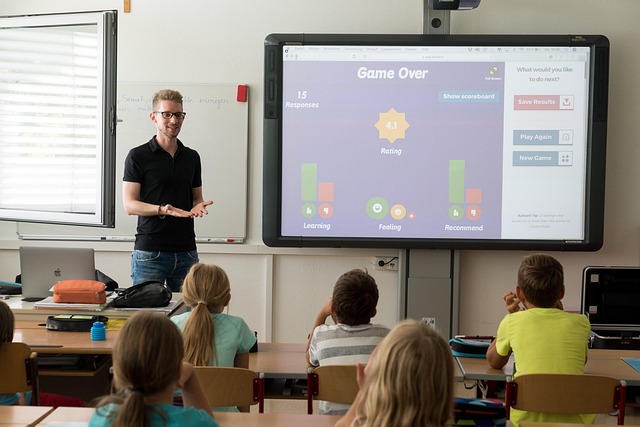In the rapidly evolving landscape of online education, the challenge of maintaining learner engagement has become more pressing than ever. Traditional lecture formats, characterized by passive information delivery, often fail to ignite the spark of curiosity among students. This is where the power of interactive presentations comes into play, transforming knowledge building into a dynamic and collaborative experience.
Interactive presentations serve as a bridge between educators and learners, fostering an environment where knowledge is not just transmitted but actively constructed. By integrating multimedia elements, quizzes, and real-time feedback into presentations, instructors create an immersive learning experience that speaks to students’ need for engagement and participation. This shift from passive observance to active involvement allows learners to take ownership of their educational journey.
One of the most compelling aspects of interactive presentations is their ability to cater to diverse learning styles. Visual learners can benefit from infographics and videos, while auditory learners engage more deeply through discussions and podcasts embedded within the presentation. Kinesthetic learners, on the other hand, thrive when they can manipulate elements on the screen, participate in polls, or engage in breakout discussions. This multifaceted approach ensures that all learners can connect with the material in a way that resonates with them, ultimately promoting deeper understanding and retention of knowledge.
Moreover, the interactive nature of these presentations encourages collaboration among peers. Virtual breakout rooms, group activities, and discussion forums embedded within presentations allow learners to share insights and perspectives, enriching the collective knowledge of the group. This collaborative environment not only enhances individual learning but also fosters a sense of community, making online education feel less isolated and more connected. After all, education is not just about acquiring knowledge; it’s about building relationships and networks that can support lifelong learning.
Incorporating interactive presentations into online educational frameworks also nurtures critical thinking and problem-solving skills. Instead of passively absorbing information, learners are prompted to analyze, evaluate, and synthesize knowledge. Scenario-based questions and case studies integrated into presentations challenge learners to think on their feet and apply theoretical concepts to real-world situations. This practical application not only deepens understanding but also prepares them for complexities beyond the classroom.
As educators, the goal should be to ignite the enthusiasm for learning and instill a sense of curiosity in students. Interactive presentations embody this spirit of engagement by turning traditional, static education into a vibrant, participatory experience. By leveraging technology and innovative presentation techniques, instructors can craft lessons that resonate with learners, making even the most complex topics accessible and enjoyable.
Ultimately, engaging learners in the online education landscape requires a commitment to innovation and creativity. Interactive presentations not only enhance the learning experience but also bolster knowledge building, empowering students to become active participants in their education. As we continue to embrace the future of learning, let us harness the power of interaction and technology to foster an environment where students are excited to learn, explore, and grow.




